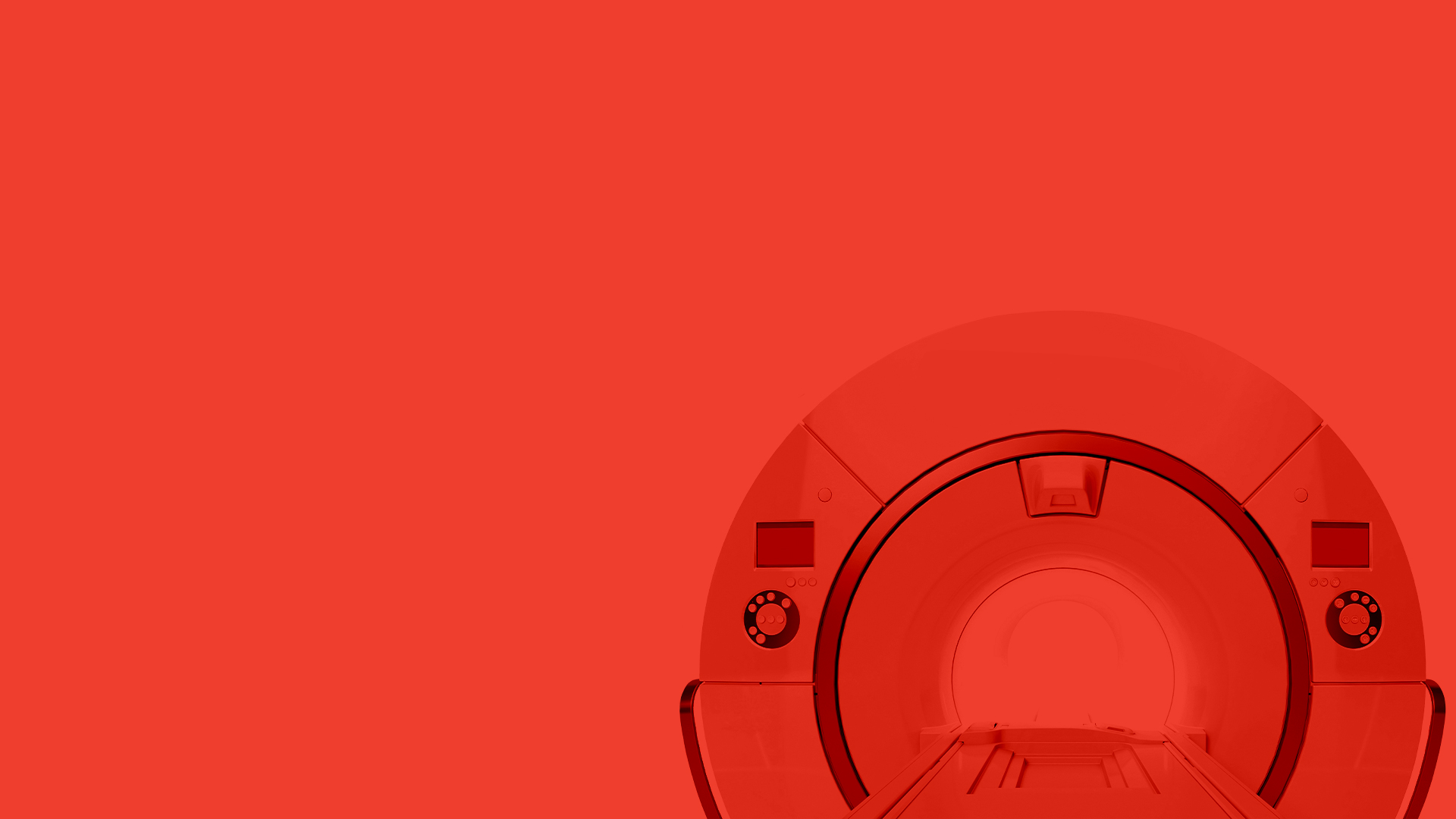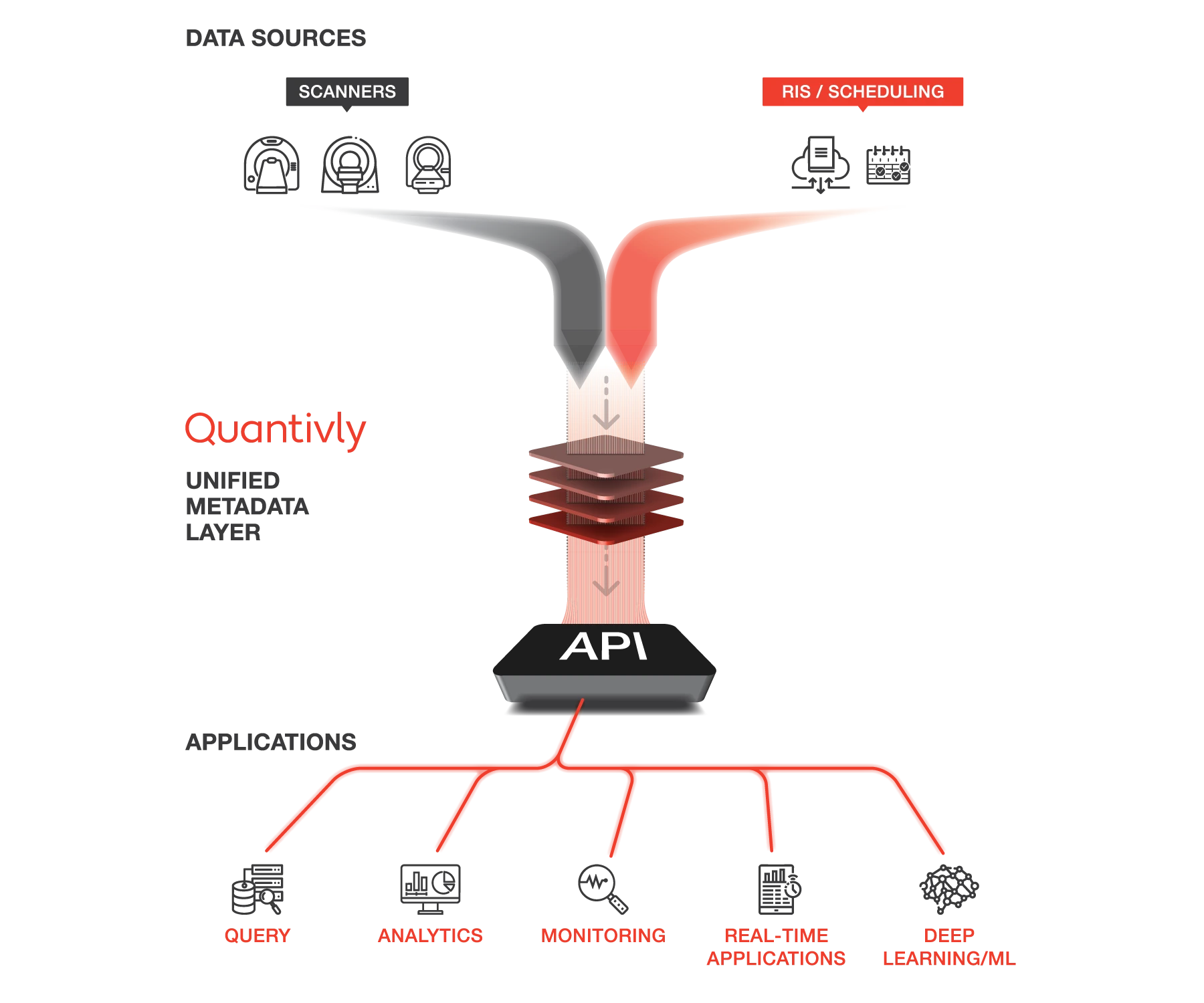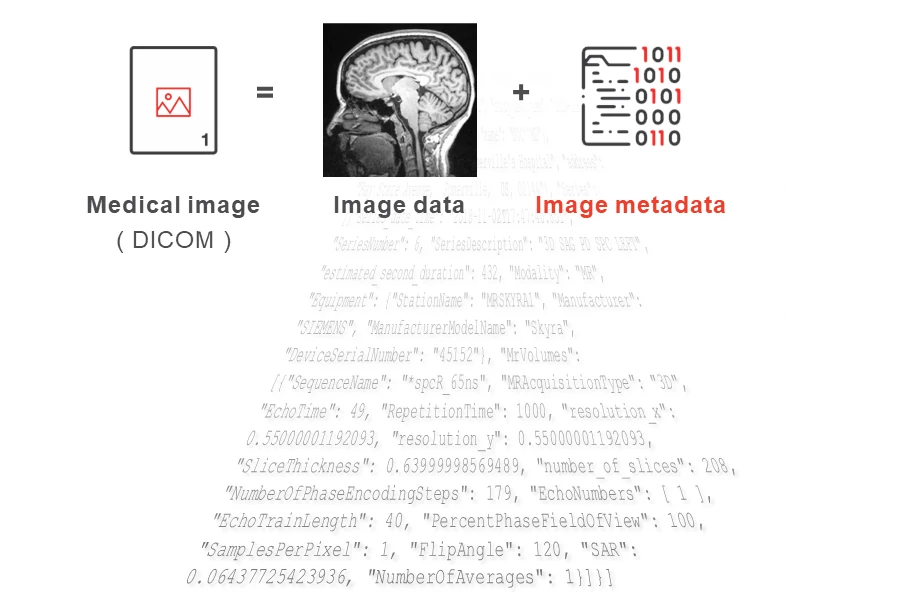
Vendor agnostic, fully query-able, extensible
The Quantivly unified data layer
You can retire your notebook and manual logs. Quantivly cleans, harmonizes and aggregates various data sources on-the-fly (e.g., image data, image metadata, and radiology information system (RIS) messages) to build a unified, unbiased, objective source of knowledge about scanner operations.
Our unified data layer is like a middle layer technology infrastructure that abstracts away machine/vendor complexity so that you can seamlessly ask questions, regardless of the scanner vendor.


